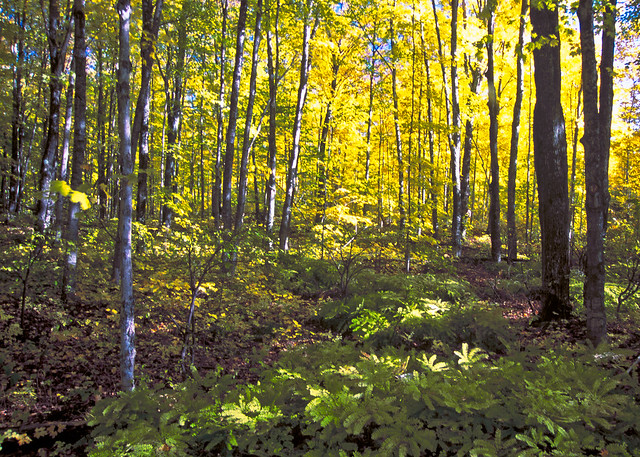
The word “agriculture” does not usually come to mind when one thinks of forests, but perhaps it’s time that it should.
“The forest products industry employs nearly 1 million people and contributes $254 billion to America’s economy through sales and payroll,” said Eric Norland, a national program leader at USDA’s National Institute of Food and Agriculture (NIFA).
In addition to the well-publicized environmental benefit trees have in mitigating the effects of climate change, forests are economically and socially important to individuals and communities. Trees also play an increasingly important role in sustainable energy, including fueling aircraft.
According to Norland, more than 10 million family forest owners account for 262 million acres of the nation’s 751 million acres of forestland. Most of the wood that becomes construction lumber, furniture, paper, and other products comes from privately owned forests.
NIFA’s Renewable Resources Extension Act (RREA) grants support Cooperative Extension programs that give practical information to help landowners sustain the forests that provide wood, wildlife habitat, carbon sequestration, clean and plentiful water, and other environmental and economic benefits to their local communities.
NIFA’s forestry programs include research to understand the impacts of climate, drought, and insects on forests and education programs that train the next generation of natural resource scientists and land managers.
One example is the NIFA-funded project, the Ohio Woodland Stewards Program, managed by Ohio State University. The program focuses on providing woodland owners a variety of forestry skills. In 2018, 612 landowners and natural resource professionals responsible for managing over 300,000 acres of woodland around the state attended workshops and other programs. The program’s website offers scores of publications with forest and related information.
In addition, NIFA is supporting research into silvopasture, the practice of combining forage plants, trees, and livestock. In this integrated system, trees provide shade and cooling for livestock, which in turn encourages forage growth. Eventually both the livestock and the trees go to market, potentially increasing profits for farmers.
NIFA invests in and advances agricultural research, education, and extension and seeks to make transformative discoveries that solve societal challenges.
